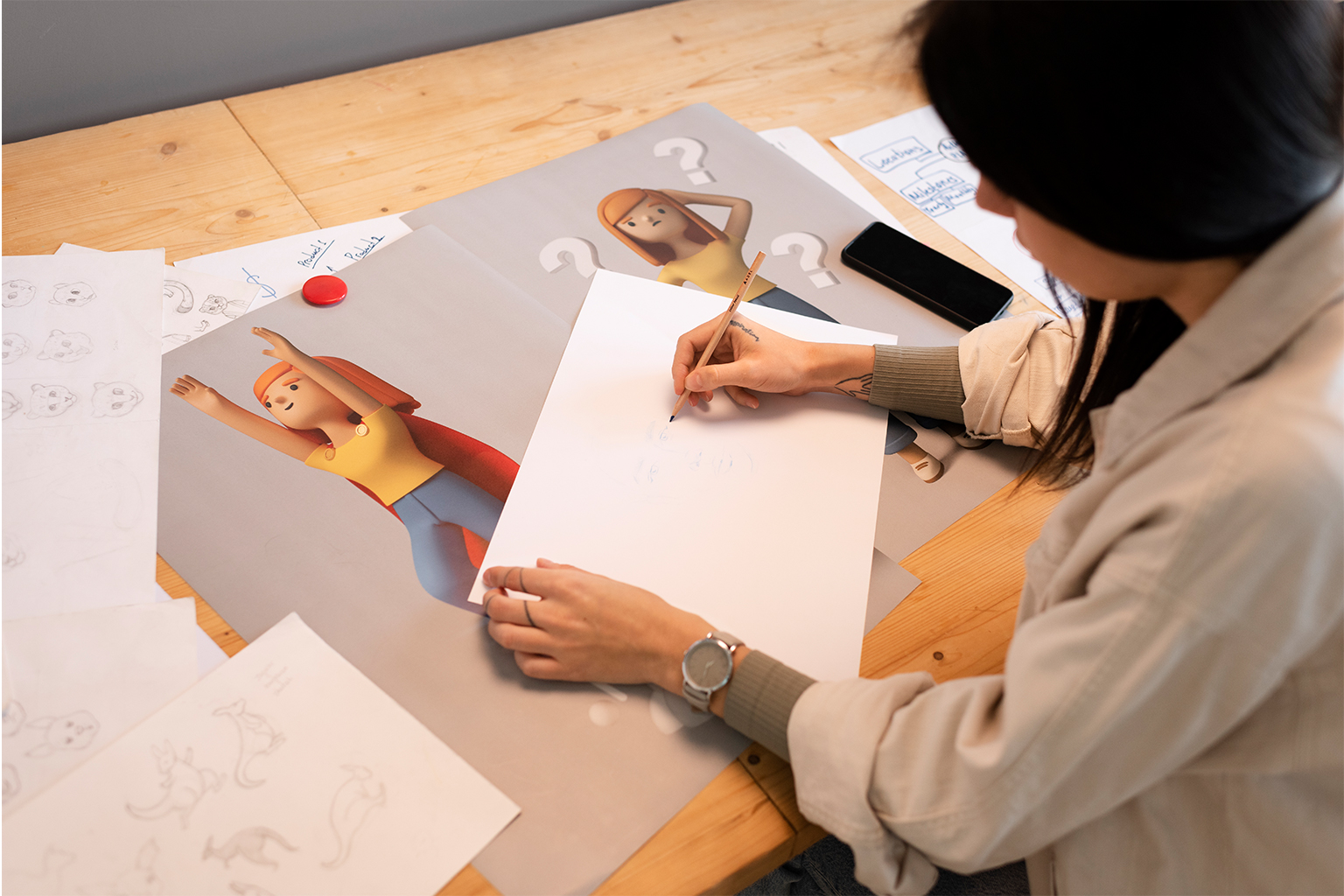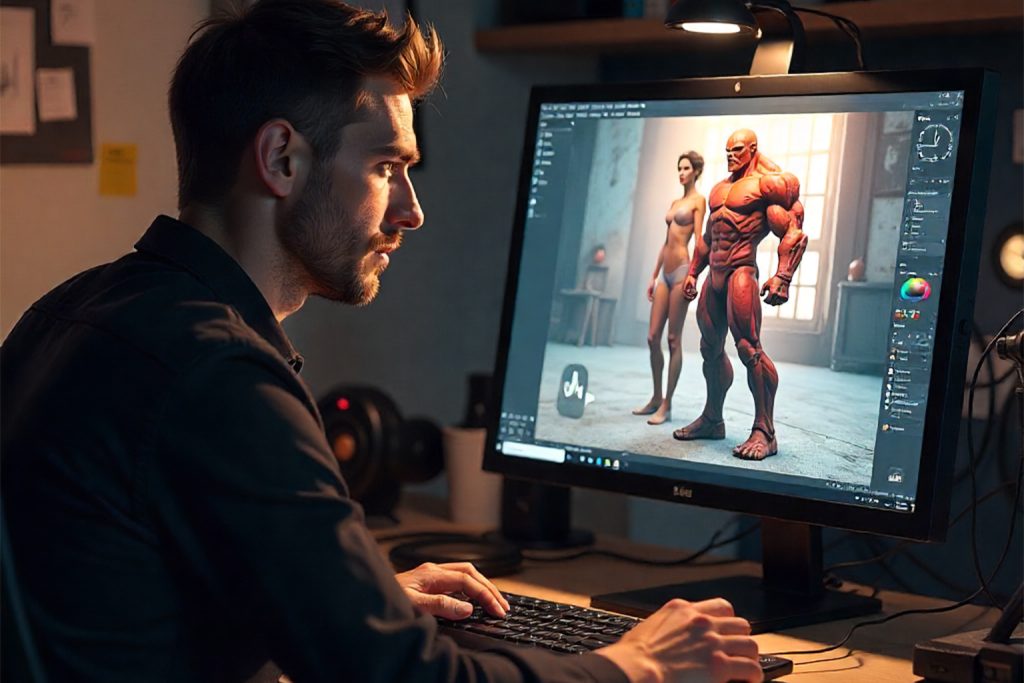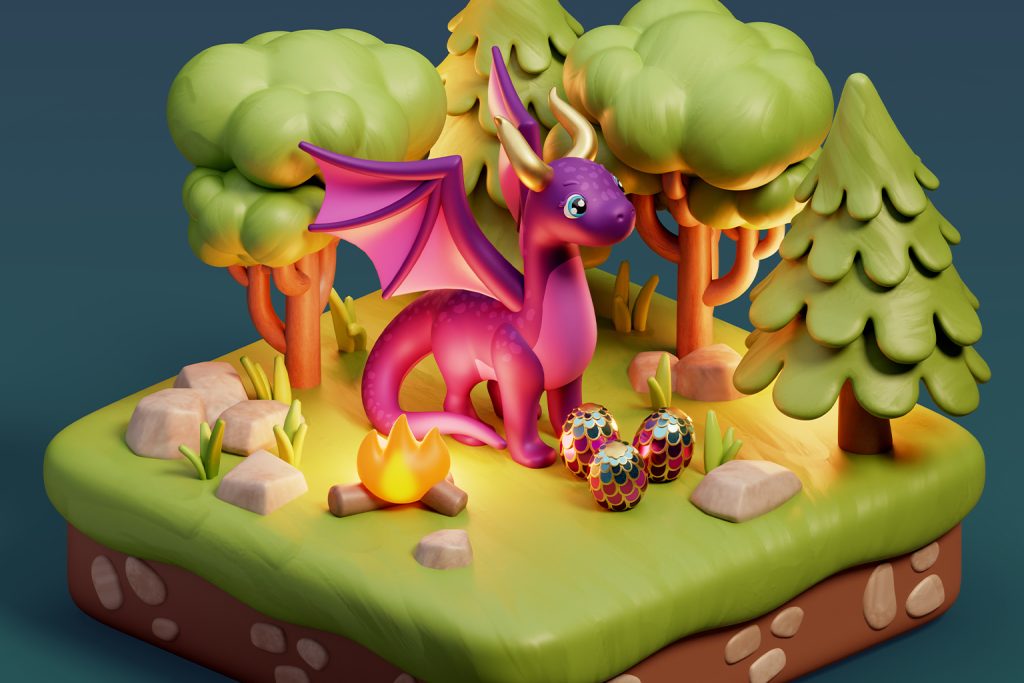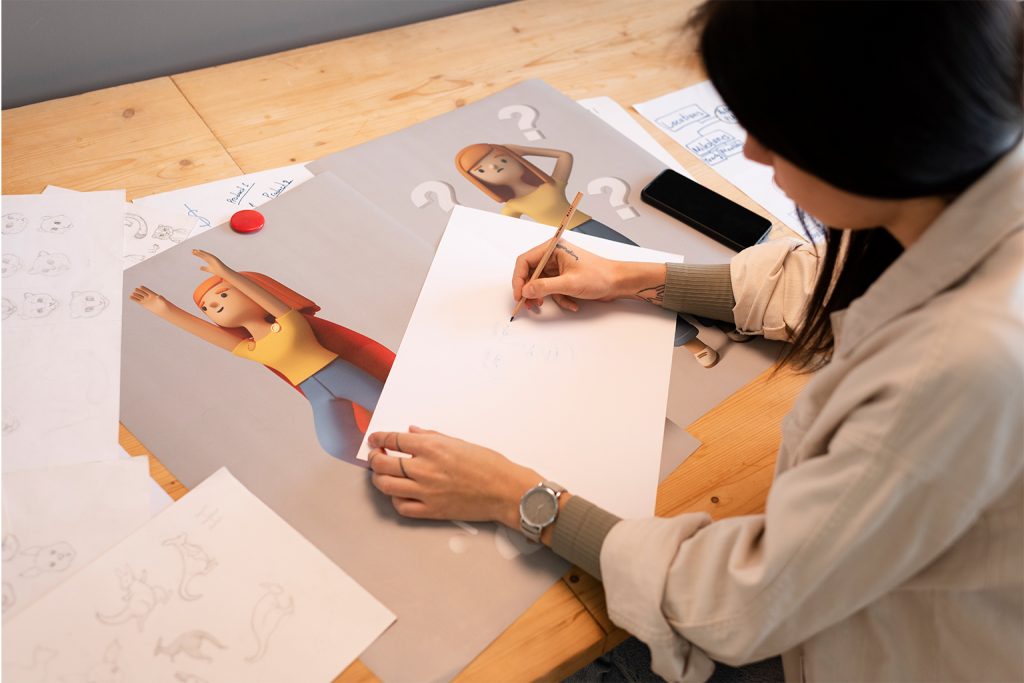The world of digital media is overflowing with characters who make us laugh, cry, and believe in extraordinary adventures. But what truly makes these figures resonate with audiences is not only their design but also the artistry and technique behind their creation. 3D character modeling is at the heart of this process, serving as the foundation for animated films, immersive games, and even brand mascots. This guide dives into how digital personas are crafted and why they are so vital in today’s creative industries.
Why 3D Models Matter More Than Ever
From blockbuster games to social media avatars, characters have emerged as the digital age’s storytellers. Unlike flat graphics, 3D models have depth, movement, and presence. They enable users to communicate, sympathize, and leave lasting impressions. For example, an anime character 3D model embodies not only the distinct look of Japanese animation but also the energy and personality that fans instantly recognize. This emotional tug is why both companies and creators are investing extensively in character-driven entertainment.
The Creative Vision Behind Every Persona
Every digital character starts as a concept. Before any polygons or textures are used, artists develop and polish concepts to establish who the character is and what role they will play. Is the character a heroic warrior, a playful mascot, or a cutting-edge virtual influencer? Answering these questions ensures that the model feels genuine to its objective.
Tools like the 3D anime character creator can be very useful for styled projects. They include templates, proportions, and features to help both novices and professionals maintain design consistency. Even with digital shortcuts, the vision comes first—the program only facilitates its realization.
The Tools and Studios Behind the Scenes
While individual artists can produce outstanding results, many projects benefit from the experience of a whole 3D character animation studio. These studios bring together modelers, riggers, and animators to shorten the process and ensure that the final product fits both artistic and technical requirements. For businesses, this means shorter schedules and higher-quality deliverables.
The technology that supports this job is rapidly evolving. Modern 3D character animation software includes not only sculpting and rigging capabilities, but also AI-powered tools that accelerate repetitive processes. Software developments, such as automating lip sync for dialogue or producing realistic skin textures, are making professional-level character creation more accessible than ever before.
Balancing Artistry and Technology
The beauty of 3D character modeling stems from its dual nature. On the one hand, it necessitates a strong artistic sensibility—understanding anatomy, proportion, and movement. On the other hand, it necessitates technological precision, ranging from polygon counts that keep models optimal to rigs that enable fluid animation. Striking this equilibrium is what distinguishes a rigid, lifeless figure from a character that comes alive on television.
For example, an anime character 3D model utilized in gaming must be optimized to operate smoothly while retaining the expressive elements that make it appealing. Similarly, a character made for movies can have more complexity but must fit seamlessly into visual effects pipelines. These factors underscore the need for adaptation in the craft.
The Future of Digital Personas
As technology progresses, 3D character modeling is becoming more accessible. Virtual and augmented reality are bringing characters into users’ environments, while AI-powered characters are beginning to engage dynamically with viewers. Consider building a personalized digital character with a 3D anime character creator and then incorporating it into a VR experience where it responds to your voice and actions in real time.
The metaverse and digital marketing venues are also driving up demand for lifelike, interacting characters. Brands are experimenting with virtual ambassadors who represent their values and connect with consumers in ways that traditional advertisements cannot. The distinction between reality and digital narrative is disappearing, and characters are at the heart of this transition.
Final Thoughts
Behind every memorable character is a tale waiting to be told. The process begins with inspiration and visions, and if you’re ready to transform your ideas into digital personas that inspire, delight, and engage, we invite you to join us. Let us bring your concept to life and create characters who will withstand the test of time in a continuously changing digital environment.






